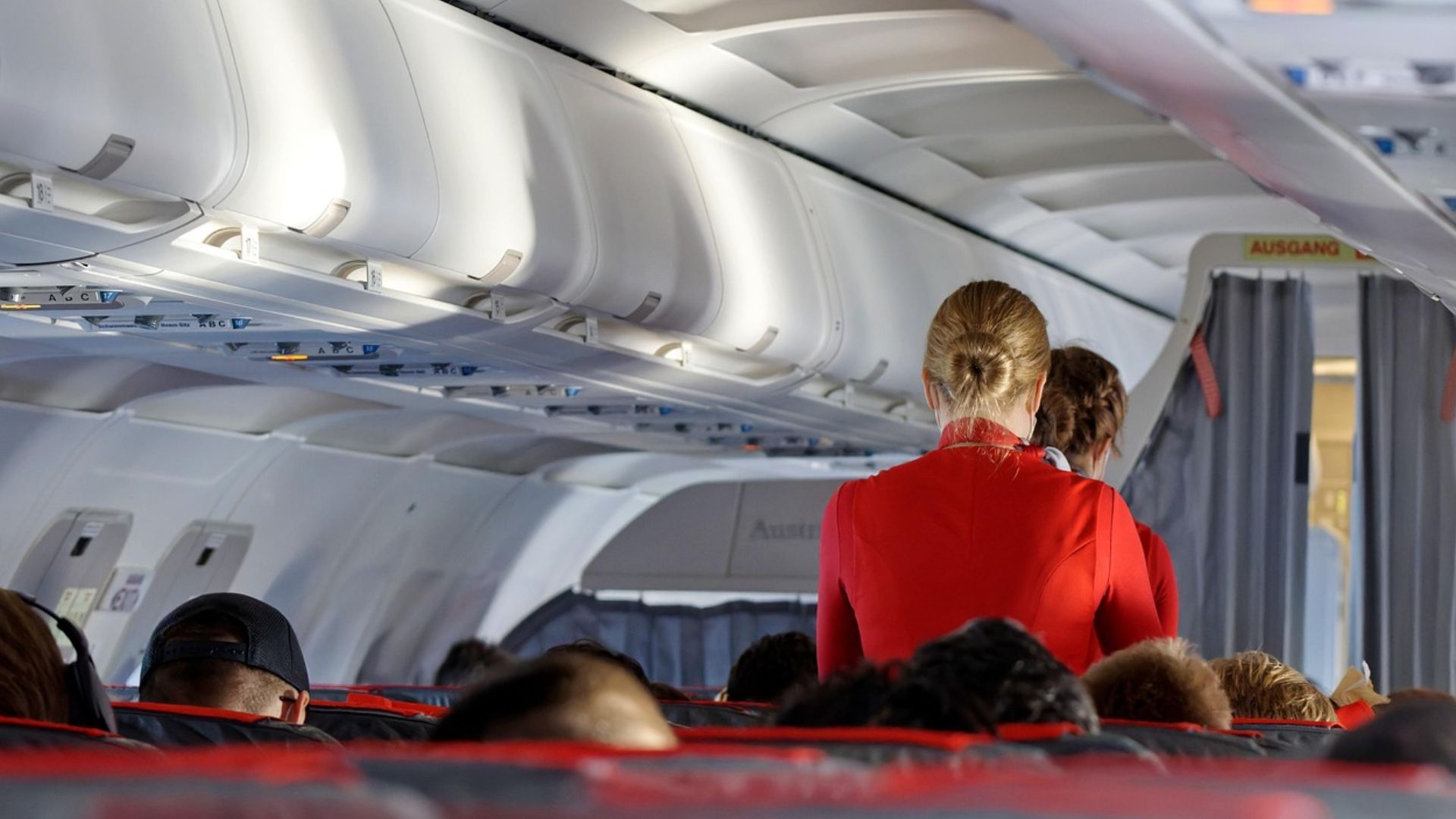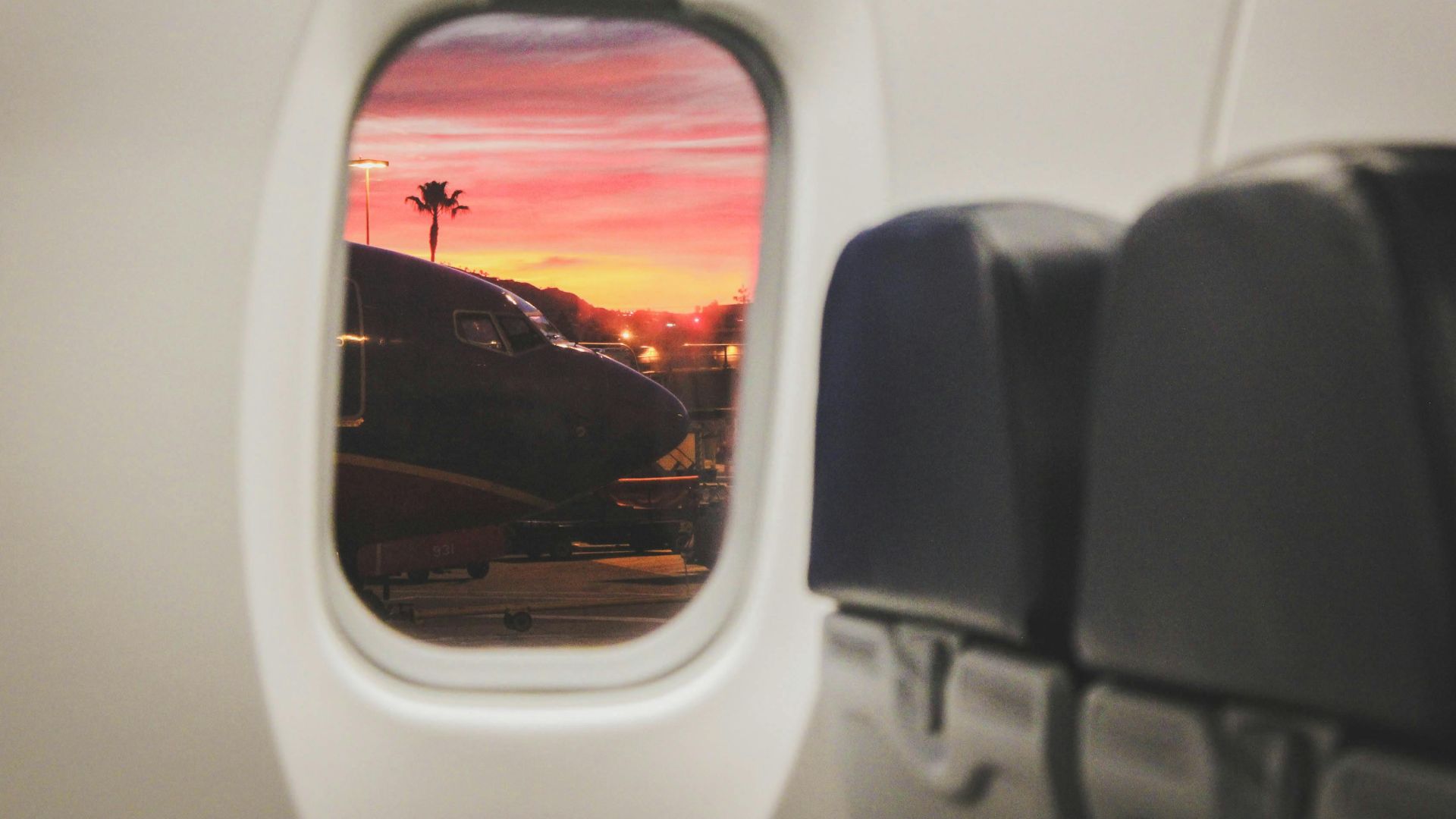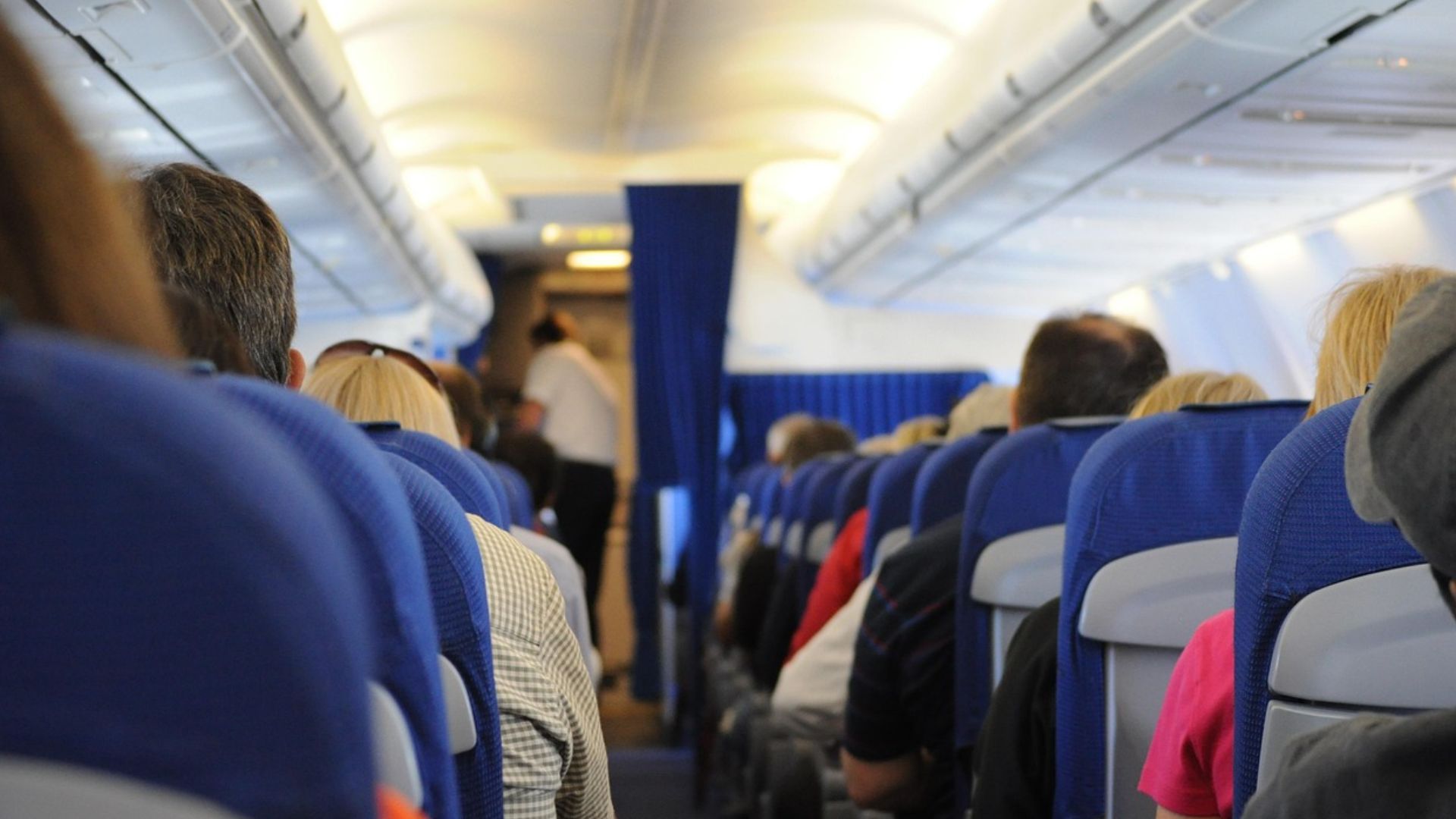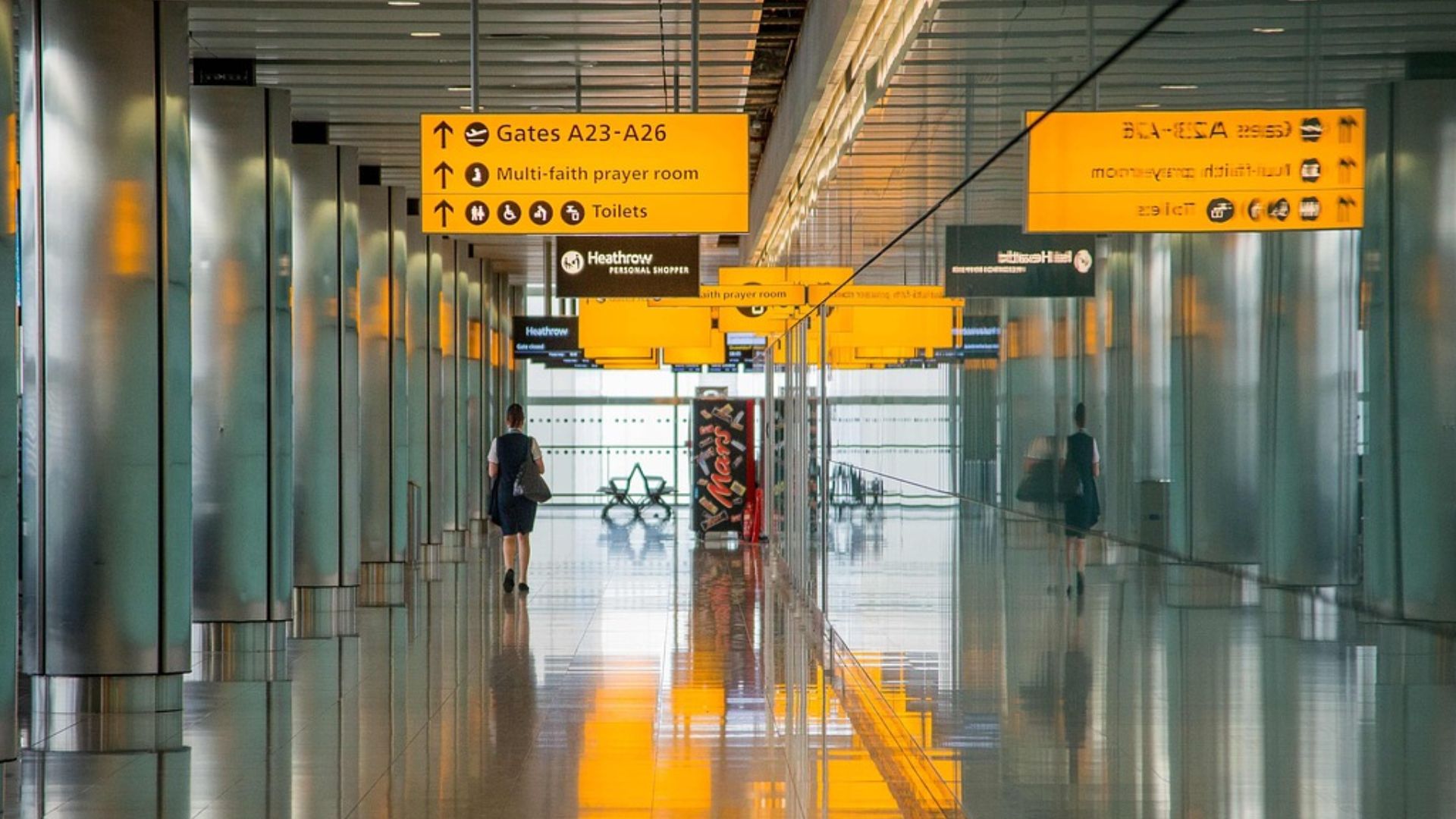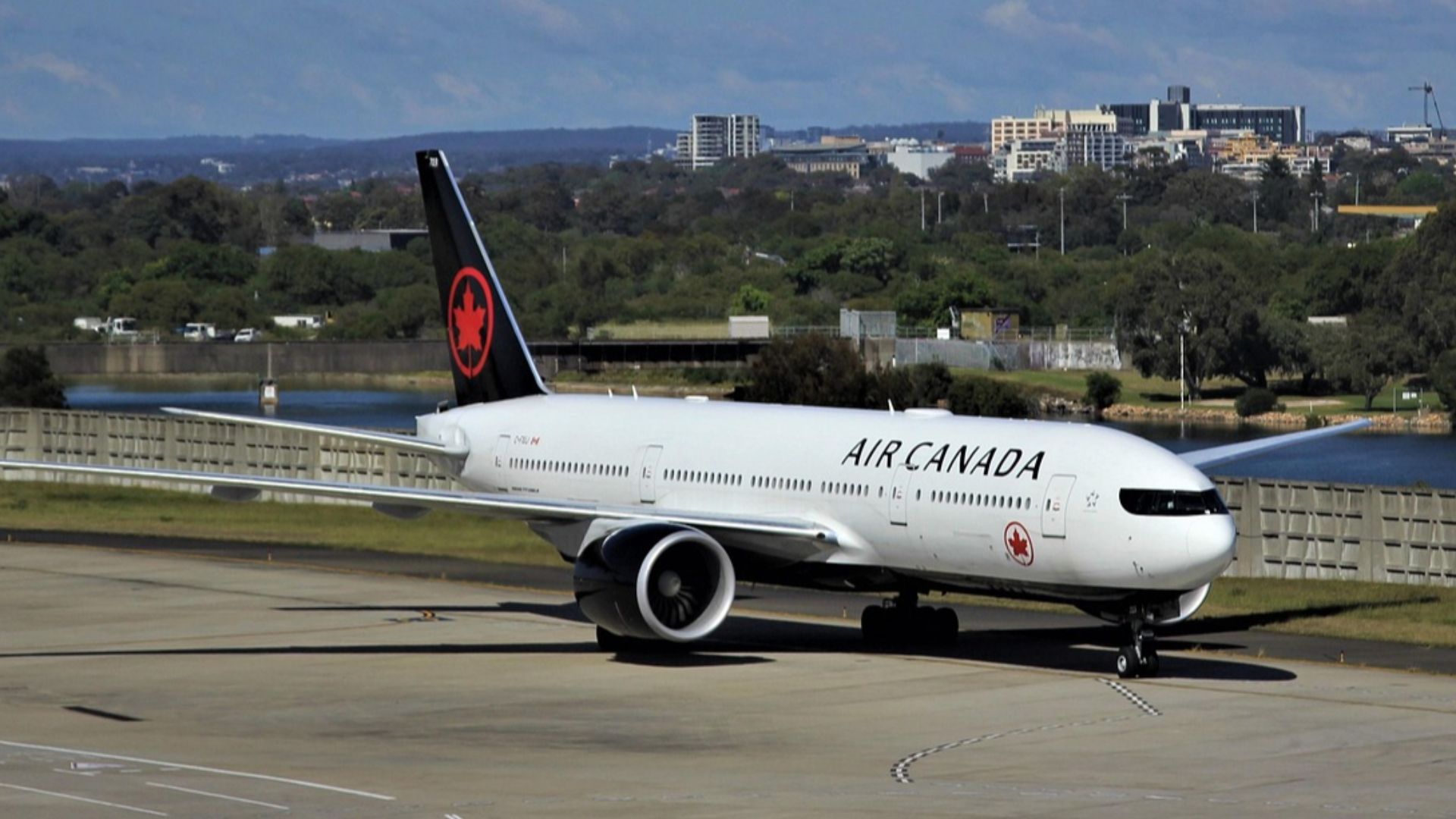When families get scattered before takeoff
You plan the perfect trip, choose seats side-by-side, and even pay extra to make sure your kids aren’t stuck next to strangers. Then, you board—and suddenly you’re five rows away from your seven-year-old. How is this even allowed? It’s happening more often than travelers realize—and the rules may surprise you.
When it’s just adults, we shrug it off
We’re used to seat swaps and reassignments when it’s just us—or maybe a couple traveling together. It’s annoying, sure, but manageable. When it happens to parents with kids, though, it feels wrong. A seven-year-old sitting beside a stranger while their parents sit three rows back isn’t just inconvenient—it’s stressful, and sometimes unsafe. But the truth is...
How families end up scattered
Even when you book together, airlines can reassign seats for reasons ranging from aircraft swaps to schedule changes. Sometimes they oversell certain seat types or reshuffle the cabin for operational reasons. Other times, it’s just an algorithm glitch that doesn’t recognize you’re traveling with children.
You’re not imagining it
Airlines are under pressure to maximize revenue from seat selection fees. That means even family travelers often get nudged toward paying for “preferred” seats—just to sit beside their own kids. It’s a modern frustration that has quietly become a business model.
What the law actually says
In the U.S., there’s no federal law forcing airlines to seat families together. The Department of Transportation (DOT) has urged carriers to keep parents and kids together, but it stops short of mandating it. So unless your airline voluntarily guarantees it, you might be out of luck.
The DOT’s Family Seating Dashboard
The DOT now publicly lists which airlines promise fee-free adjacent seating for kids 13 and under. Some do, some don’t—and it’s worth checking before you book. The dashboard has become the go-to resource for parents fed up with being split apart mid-flight.
Which airlines guarantee family seating
According to the latest DOT data, Alaska, American, Frontier, Hawaiian, and JetBlue all commit to keeping kids with adults on the same reservation—at no extra cost if seats are available. Delta, Southwest, Spirit, and United do not make a blanket guarantee for all fares.
So yes, it can happen to anyone
Even seasoned travelers with early bookings have been separated from their kids after aircraft changes. All it takes is one plane swap or seat reconfiguration to break up carefully chosen seating arrangements.
“It’s stressful for everyone”
Flight attendants often say these situations cause chaos during boarding. Families plead for swaps, solo travelers feel pressured, and the crew becomes the middle-man. As one attendant told Travel Weekly, “No one wins when a 6-year-old is sitting alone.”
Why seat maps don’t tell the full story
You might see empty seats on the map, but airlines often hold blocks for elites, upgrades, or operational use. That’s why even if you think you’ve secured spots together, those seats can disappear overnight before departure.
Basic economy: the hidden culprit
The lowest fares often don’t include seat selection. Many travelers book them without realizing that means random assignments—even for kids. Paying for assigned seats might feel unfair, but it’s one of the few ways to avoid being scattered.
Third-party booking pitfalls
When you book through a travel site like Expedia or Hopper, your seat assignments may not sync properly with the airline’s system. The airline sees separate bookings, not a “family group,” so automated seating can split everyone up.
How early you check in matters
Families that check in late are the first to lose adjacent seating during reassignments. Always check in as soon as the window opens—usually 24 hours before flight—to lock in your seats before reshuffling begins.
The gate agent is your best ally
If your seats change last-minute, talk to the gate agent before boarding begins. They have the most power to rearrange seating or reassign unclaimed seats. Be polite but persistent—it goes a long way.
Don’t rely on passengers to fix it
Yes, some kind travelers will swap seats so a child can sit with a parent—but not everyone will. Window-seat lovers and frequent flyers in preferred rows may refuse. Airlines are supposed to handle this before boarding, not rely on crowd negotiation.
The emotional side
It’s not just inconvenient—it’s nerve-wracking for parents and unsettling for kids. Small children seated alone may panic, and flight attendants can’t legally babysit them. That’s why advocates argue family seating shouldn’t be treated as a luxury add-on.
When airlines make exceptions
Some carriers will quietly override policies if a child is under 5 or 6, especially on longer flights. Staff can move passengers manually for safety reasons, but it depends on the crew—and their discretion varies widely between airlines.
International flights complicate things
Outside the U.S., the rules differ. In the UK, the Civil Aviation Authority says airlines should seat children with an adult “where possible,” but it’s still not a legal requirement. In Canada, the Air Passenger Protection Regulations do require kids under 14 to sit near an adult—but “near” is loosely defined.
What “near” really means in Canada
Under Canadian law, children aged 4 or younger must sit adjacent to an adult. Ages 5–11 must be in the same row and not more than one seat apart. Ages 12–13 must be no more than a row away. That’s one of the few national laws with actual distance language.
The European approach
The European Union Aviation Safety Agency (EASA) also recommends that kids sit with parents but doesn’t legally enforce it. Some European carriers, like KLM and Lufthansa, go further with tech that automatically seats minors beside adults at booking.
What to do before your next trip
Book early, double-check the seat map, and select seats together—even if it costs extra. Add your frequent-flyer info, which can sometimes unlock better seat assignments, and keep checking your booking in the days before departure.
What to do if you’re separated
At the gate, explain calmly that you’re traveling with children. Ask if any seats can be reassigned or if there are no-shows the agent can free up. If the airline had a family seating policy and failed to follow it, ask for compensation after the flight.
When to file a complaint
If the airline refused to help or charged extra against its stated policy, you can file a complaint directly with the DOT’s Aviation Consumer Protection division. The process is online, and airlines are required to respond within 60 days.
Advocacy groups are pushing for change
Parent travel groups have been lobbying for stricter rules. In 2024, several U.S. lawmakers urged the DOT to make family seating guarantees mandatory. So far, the agency has stopped short—but public pressure is building.
Airlines may face fines soon
The DOT has hinted that if airlines don’t voluntarily comply, new regulations could follow. That might mean mandatory adjacent seating for kids under 13 in all fare types—without forcing families to pay more.
The bottom line
Right now, it’s on you to plan ahead and speak up. Until new rules are passed, airlines can move families apart—and often do. But armed with the right info (and a polite conversation at the gate), you stand a much better chance of keeping everyone together.
You Might Also Like:
Airlines Really Do Treat You Differently Based On Your Email Address—Here’s How
Some Airlines Are Rolling Out New Carry-On Bag Rule Changes—And Travelers Are Not Happy








